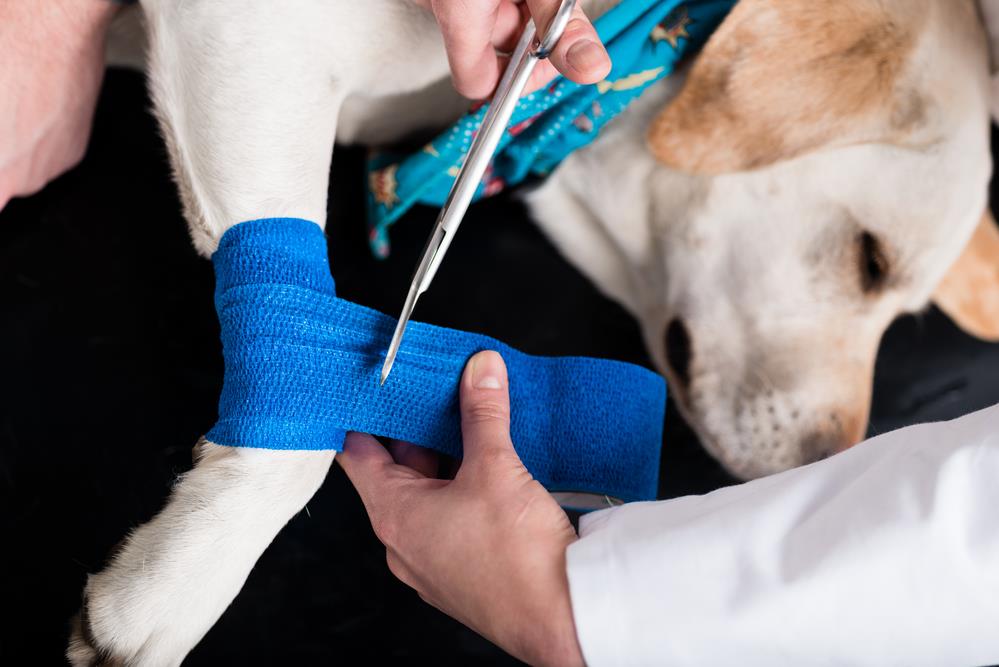Recognising Emergencies in Pets
As a pet owner, understanding your pet’s normal behaviour is key to recognising when something is amiss. This knowledge can be pivotal in identifying the onset of illness or distress, potentially saving your pet’s life.
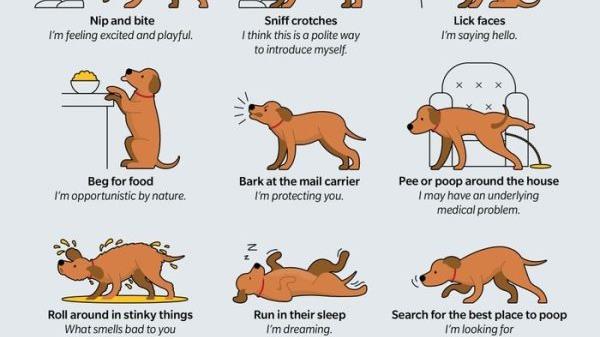
Common Signs of Illness or Distress in Pets
While signs of distress can vary between different types of pets, there are universal symptoms to be vigilant about. These include changes in eating or drinking habits, lethargy, unusual aggression or fear, and changes in waste elimination patterns. More serious symptoms, such as seizures or uncontrolled bleeding, require immediate veterinary attention.
Specific Symptoms Indicating Serious Health Problems
Some symptoms, such as unexplained weight loss, persistent vomiting or diarrhoea, difficulty breathing, or sudden collapse, could point towards serious health problems. It’s crucial to seek immediate veterinary assistance in such situations. The Australian Veterinary Association offers comprehensive advice on pet health.
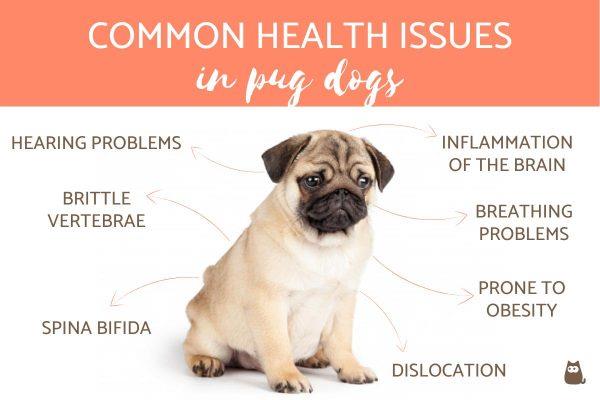
Preparing for a Pet Emergency: The Importance of a Pet First Aid Kit
Anticipating emergencies is a significant aspect of responsible pet ownership. An essential tool in this regard is a pet first aid kit. This kit acts as a first line of defence in emergency situations, allowing you to respond immediately and effectively before professional help arrives.
Essential Items for Your Pet First Aid Kit
- Bandages and gauze for wound dressing and limb support
- Tweezers for removing foreign objects
- Antiseptic wipes to clean wounds
- Digital thermometer to check temperatures
- Hydrogen peroxide to induce vomiting if advised by a vet
Consult your vet for a comprehensive list tailored to your pet’s needs.
Emergency Contact List: A Must-Have
Equally crucial is a list of emergency contacts. This should include your vet’s phone number, the number for a local animal hospital, and poison control. Having these numbers readily available can save precious time in an emergency, increasing the chances of a positive outcome.
Immediate Response to a Pet Emergency
In the wake of a pet emergency, the initial steps you take can be crucial to your pet’s well-being. Firstly, ensure you maintain a calm demeanour, as pets can sense anxiety, which may exacerbate their stress levels.
Secondly, approach your pet gently, avoiding sudden movements, to prevent further harm or risk of injury to yourself. . Remember, even the most placid pet may bite or scratch when in pain.
Calming Techniques for Pets and Owners
One essential tip for calming both yourself and your pet is to take deep, slow breaths, as pets pick up on their owners’ emotions. It can also help to speak softly and reassuringly to your pet.
Remember, staying calm not only benefits your pet but also allows you to think more clearly and react appropriately in an emergency.
Following these steps will aid in ensuring the best possible outcome for your pet in an emergency situation.
Administering Basic First Aid to Your Pets
In the event of a pet emergency, understanding how to administer basic first aid can drastically improve your pet’s chances. Common pet injuries and illnesses range from minor cuts, burns, and wounds to more severe cases like choking or cardiac arrest.
Performing CPR on Pets
If your pet is unresponsive or has stopped breathing, performing Cardio-Pulmonary Resuscitation (CPR) could be lifesaving. The process involves chest compressions and mouth-to-snout resuscitation.
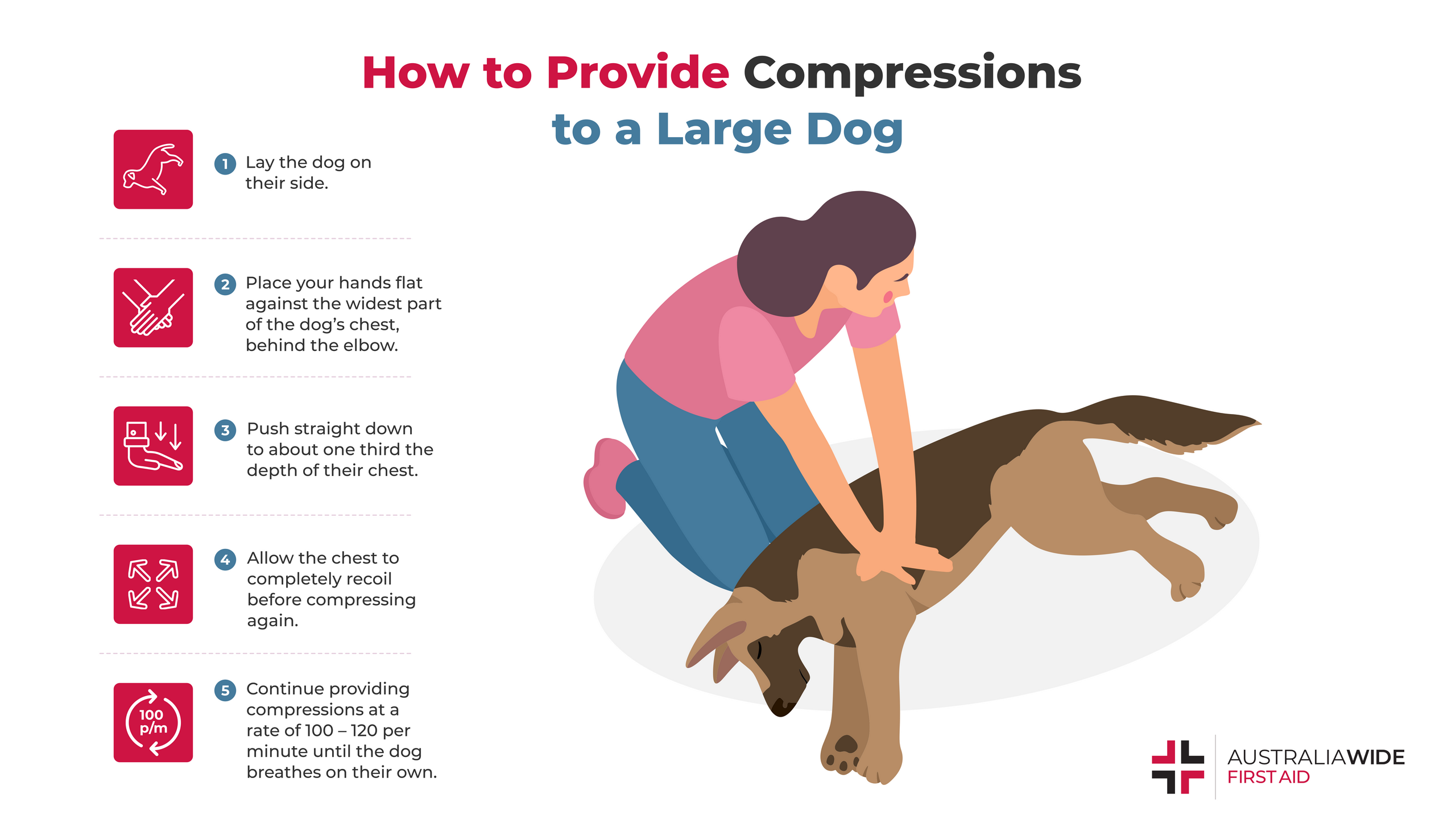
Addressing Minor Injuries
For minor injuries like cuts, burns, or wounds, cleaning the area with warm water and applying a pet-safe antibacterial ointment can prevent infection. However, it’s crucial to seek professional help as soon as possible to ensure appropriate treatment.
When to Contact Your Vet and What Information to Provide
As a pet owner, it is essential to understand when your pet’s condition warrants contacting a veterinary professional. Common signs include sudden behavioural changes, excessive vomiting, unexplained weight loss, or difficulty breathing. Upon contacting your vet, be prepared to provide detailed information about your pet’s symptoms, medical history, and any recent changes in behaviour or diet.
Expectations During an Emergency Vet Visit
In emergency situations, vets act swiftly to stabilise your pet. They may conduct diagnostic tests such as blood work or X-rays. Be prepared for potential overnight stays or referrals to veterinary specialists.
Considering a Veterinary Specialist or Animal Hospital
For complex health issues, your vet may refer you to a veterinary specialist or animal hospital. These professionals have additional training in specific areas such as dermatology or cardiology.
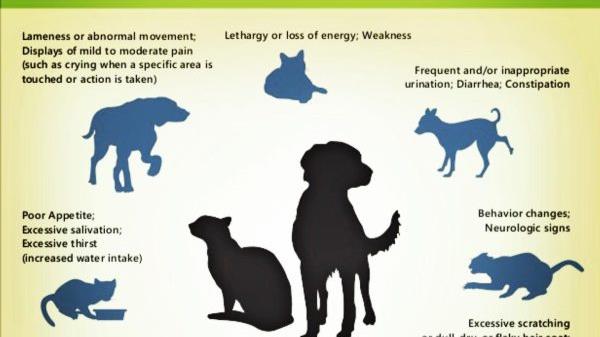
I recommend you add a chart that visually represents common signs that indicate when to contact a vet. This would provide a quick reference guide for pet owners and enhance the overall comprehensibility of the content.
Transporting Your Pet Safely to the Vet
When a pet is injured, swift and safe transport to the vet is crucial. Ideally, you should use a pet carrier that provides comfort and security. For larger dogs, a sturdy, non-slip blanket can serve as a stretcher. It’s essential to handle your pet gently, minimising movement especially if the pet has a potential spine injury.
Maintaining calm during transit is key. Use a soft, soothing voice, and familiar items like toys or blankets. Avoid unnecessary stimulation such as loud music or sudden stops.
Considerations for Different Types of Pets
Different pets have unique needs. Dogs and cats usually respond well to familiar items and voices. Birds should be transported in a dark, ventilated, yet secure container. Reptiles should be placed in a container with a heating pad, and adequate ventilation.
Preventing Future Pet Emergencies
Emergencies can happen at any time, but taking preventative measures can significantly reduce the likelihood of your pet experiencing one. Firstly, regular vet check-ups are essential. These check-ups can detect potential health issues before they become problematic, ensuring your pet stays healthy and happy.
Furthermore, pet-proofing your home can greatly reduce the risk of accidents. This involves removing toxic substances from your pet’s reach, securing loose wires, and eliminating small objects that could be swallowed.
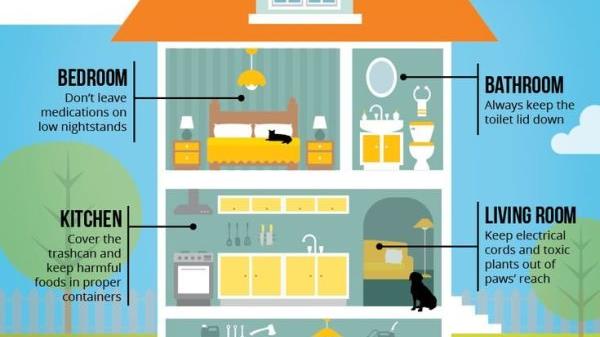
Lastly, a healthy diet and regular exercise are paramount in preventing illness. Adequate nutrition ensures your pet’s body functions properly, while regular physical activity helps to maintain an ideal weight and boost the immune system.
By taking these preventative measures, you can safeguard your pet’s wellbeing and greatly reduce the risk of future emergencies.
Coping with Pet Emergencies Emotionally
Experiencing a pet emergency can be an emotionally intense ordeal. The bond between pets and their owners often parallels that of family members, making the sudden illness or injury of a pet a deeply distressing event. The emotional impact can be overwhelming, leading to feelings of despair, guilt, and anxiety.
Self-Care and Coping Mechanisms
During such difficult times, it’s vital to remember the importance of self-care. Engaging in calming activities, such as reading, meditation, or taking walks in nature, can provide a necessary distraction and promote emotional healing. Additionally, maintaining a routine can provide a sense of normalcy and control during tumultuous times.

Seeking Support
Don’t hesitate to reach out to friends, family, or even pet loss support groups. Sharing your feelings with those who understand your pain can provide comfort and help you navigate through your grief. In Australia, organisations like the Australian Centre for Grief and Bereavement offer resources and support for pet loss.

